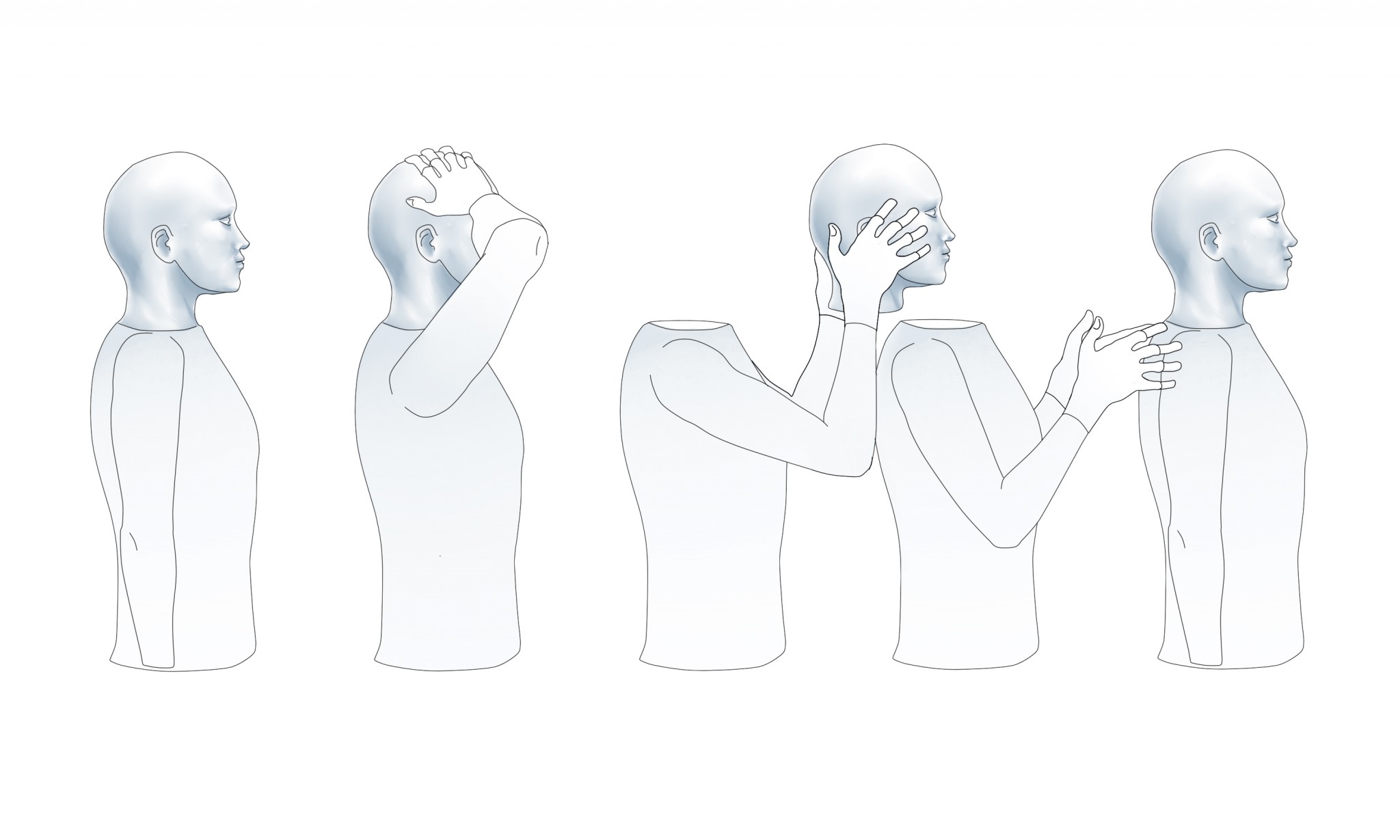Creating Frankenstein’s monster—taking bits and pieces from different people to make a whole—is an idea conceived by fiction, not real-life; however, Dr. Sergio Canavero, Italian neurosurgeon, plans to undertake what he describes as the first human head transplantation with spinal linkage.
This venture, named The Head Anastomosis Venture (HEAVEN), was published in 2013 in the International Journal of Neurosurgery and Neurosciences. The project was initially met with cynicism from the medical community and failed to garner any significant media coverage. As the project moved forward, however, more and more people, professional and public alike, began to display interest. After acquiring a willing patient—Russian computer programmer Valery Spiridonov, who is currently suffering from Werdnig-Hoffman disease, a type of spinal muscular atrophy—Canavero announced a definitive operation date—December 2017.
“The only thing I feel is a sense of pleasant impatience,” Spiridonov explained in an interview for Central European News (CEN). “Like I have been preparing for something important all my life and it is starting to happen.”
Indeed, with an imminent death sentence imprinted onto his genome, Canavero is perhaps Spiridonov’s only option.
Following Canavero’s announcement, Chinese doctor Ren Xiaoping from Harbin Medical University announced his support for the project. Initially a researcher at Chicago’s Loyola University, Ren decided to pursue his career in China due to more government support for his research. Overall, he has performed over 1,000 head transplantations on mice.
Doing this on humans, however, will be much more difficult admits Canavero.
“The greatest technical hurdle to such endeavour is, of course, the reconnection of the donor’s and recipient’s spinal cords,” wrote Canavero in his HEAVEN outline.
In 1970, Dr. Robert White of Case Western Reserve University performed a head transplant on a monkey. While White’s monkey was able to smell, taste, hear, and see the world around it, and even at times attempted to bite some of the staff, it could not move any body part located below the neck, the Cleveland Scene reported in 1999.
Canavero plans to tackle the problem of reconnection of nerve tissue from the transplanted head to the assigned body in three ways. First, he plans on using some of the most precise medical cutting devices to-date: Either a specially fashioned diamond microtomic snare-blade or a nanoknife made of a thin layer of silicon nitride with a nanometer sharp cutting edge. These tools will decrease the amount of force required in severing the spinal cord to roughly 10 Newtons (N), minimizing the mechanical damage done to the neurons and the surrounding tissue. To put matters into perspective, the average force experienced during a spinal injury is 26000 N. Next he will then apply polyethylene glycol (PEG) immediately following the procedure to facilitate neuronal reattachment. Finally, the patient will be put in a chemically induced coma for roughly one month allowing neural connections to be reestablished.
Despite Canavero’s modifications to the procedure, many still doubt his chances of success.
“The current medical technology is not advanced enough for us to even start thinking about head transplantation,” explained McGill Associate Biology Professor Joseph Alan Dent.
Despite Canavero’s modifications to the procedure, many still doubt his chances of success.
“The current medical technology is not advanced enough for us to even start thinking about head transplantation,” McGill Biology Professor Joseph Alan Dent explained.
Despite the pervasive controversy surrounding the subject, Dent does not feel that there are any significant ethical dilemmas associated with this procedure, seeing as it is–in principle–no different than a heart or a lung transplant.
In light of the ethical considerations surrounding this operation, it is unlikely that the U.S. will volunteer as host country. On the other hand, China is more than willing to invite Canavero and HEAVEN into its borders.
“China is going to do it. I can already tell you this,” Canavero claimed in an interview with The Daily Mail.
There is still much to be done in the way of scientific research and trials for this procedure to be clinically viable. Even Canavero admitted that the success rate for his procedure would be roughly 10 to 15 per cent.









